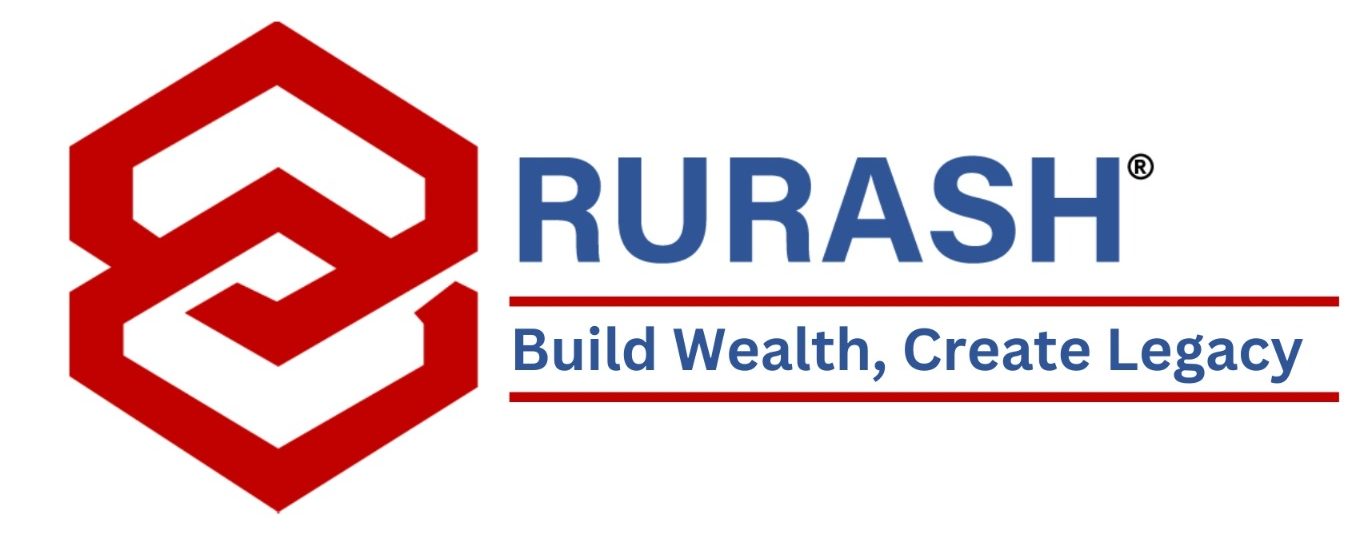The world of finance is evolving, and so are the methods of managing investments. The Securities and Exchange Board of India (SEBI) has been urging investors to convert their physical shares into the digital format, known as Demat. But why this insistence? In this blog post, we will explore the urgency behind this move, the process of converting physical shares to demat, and how to open a Demat account for seamless investment in the digital era.
Understanding the Urgency:
SEBI’s push for converting physical shares into Demat stems from the desire to streamline the settlement process, making it quicker and more efficient. By embracing electronic bookkeeping, transparency is injected into the capital markets, aiding tax authorities in tracking shareholders and identifying the real beneficiaries. This move is a significant step towards eliminating fraudulent activities by share transfer agents and making it difficult for shell companies to operate in the electronic mode.
The Importance of Dematerialization:
As per SEBI’s regulations, you can now only trade and invest in shares that are in Demat format. This move simplifies the purchase, sale, and transfer of company shares, ensuring a more secure and accessible investment environment.
Opening a Demat Account – Simple Steps:
To embark on the journey of converting physical shares into Demat, the first crucial step is to open a Demat account. Here’s a step-by-step guide:
Step 1: Choose Your Depository Participant (DP)
Visit the website of the Depository Participant (DP) you want to open the Demat account with. DPs act as intermediaries between investors and the depository body, and they can be banks or financial institutions.
Step 2: Fill out the Demat Account Opening Form
On the DP’s website, fill out the Demat Account opening form with the required details.
Step 3: Submit KYC Documents
Submit all necessary Know Your Customer (KYC) documents along with the filled application form to complete the verification process.
Step 4: Agreement and Schedule of Charges
Sign an agreement and schedule of charges with the Depository Participant. This document outlines the responsibilities and rights of both the DP and the account user.
Step 5: Receive Unique ID and Password
Upon approval of the Demat Account application, you will receive a unique ID and password to access your trading account.
Converting Physical Shares to Demat – A Seamless Process:
Once you have your Demat account in place, the next step is converting physical shares to Demat. Follow these steps:
Step 1: Dematerialization Request Form (DRF)
Contact your DP to obtain a Dematerialization Request Form (DRF).
Step 2: Fill and Submit DRF
Fill in all the required details in the DRF and submit it, along with the physical share certificates, to your Depository Participant. Don’t forget to mention ‘Surrendered for Dematerialization’ on each share certificate.
Step 3: Processing Your Request
Upon receiving your DRF and share certificates, the DP will process your request.
Step 4: Transfer to Registrar and Share Transfer Agent
Your Depository Participant will then send your dematerialization request to an appointed registrar and Share Transfer Agent.
Step 5: Approval and Transfer
After approval of the dematerialization request, your DP will transfer the electronic version of the shares into your Demat account.
Advantages of Converting Physical Shares to Demat:
Apart from the ability to trade shares seamlessly, converting physical shares to Demat offers several advantages: Security Dematerialization eliminates the risk of unauthorized access and theft associated with physical share certificates. A registered Demat number and password are required for account access, enhancing security. Accessibility All your shared records are stored in an online infrastructure, allowing you to access them from any location at any time.
Documents Needed to Convert Physical Shares to Demat
Converting physical shares to Demat involves specific documentation. Here’s a concise list of what you’ll need:
- Proof of Identity: Aadhaar Card, PAN Card, Voter ID, or Driving Licence.
- Proof of Residence: Lease Agreements, Driver’s Licence, Passport, Utility Bills, Insurance Copy.
- Proof of Bank Account: Bank Passbook or Account Statement (not older than three months).
- Original Physical Share Certificates: Ensure they are in good condition.
- Duly Filled Dematerialization Request Form: Separate forms for different companies, deface with ‘Surrendered for Dematerialisation,’ and obtain an acknowledgment slip.
Important Notes:
- Ownership transitions solely through Demat transactions.
- Trading with physical copies post-conversion is illegal.
- Secure your Demat account and remember the account number.
As the financial landscape embraces digitization, converting physical shares to Demat is not just a regulatory requirement but a smart move towards a more secure and accessible investment environment. Opening a Demat account and navigating the dematerialization process may seem daunting, but with the right steps, it can be a smooth and efficient transition. Stay ahead in the financial game by embracing the digital revolution in share management. Trust Rurash Financials for seamless Dematerialization Services and expert assistance with IEPF Claims. Convert physical shares effortlessly and reclaim what’s rightfully yours.

